Network Programming and Security
Learning Path ⋅ Skills: CRUD Operations, REST API Integration, HTTPS, Socket Programming, Network Security, Web Services, Networking, Application Security, Data Transmission
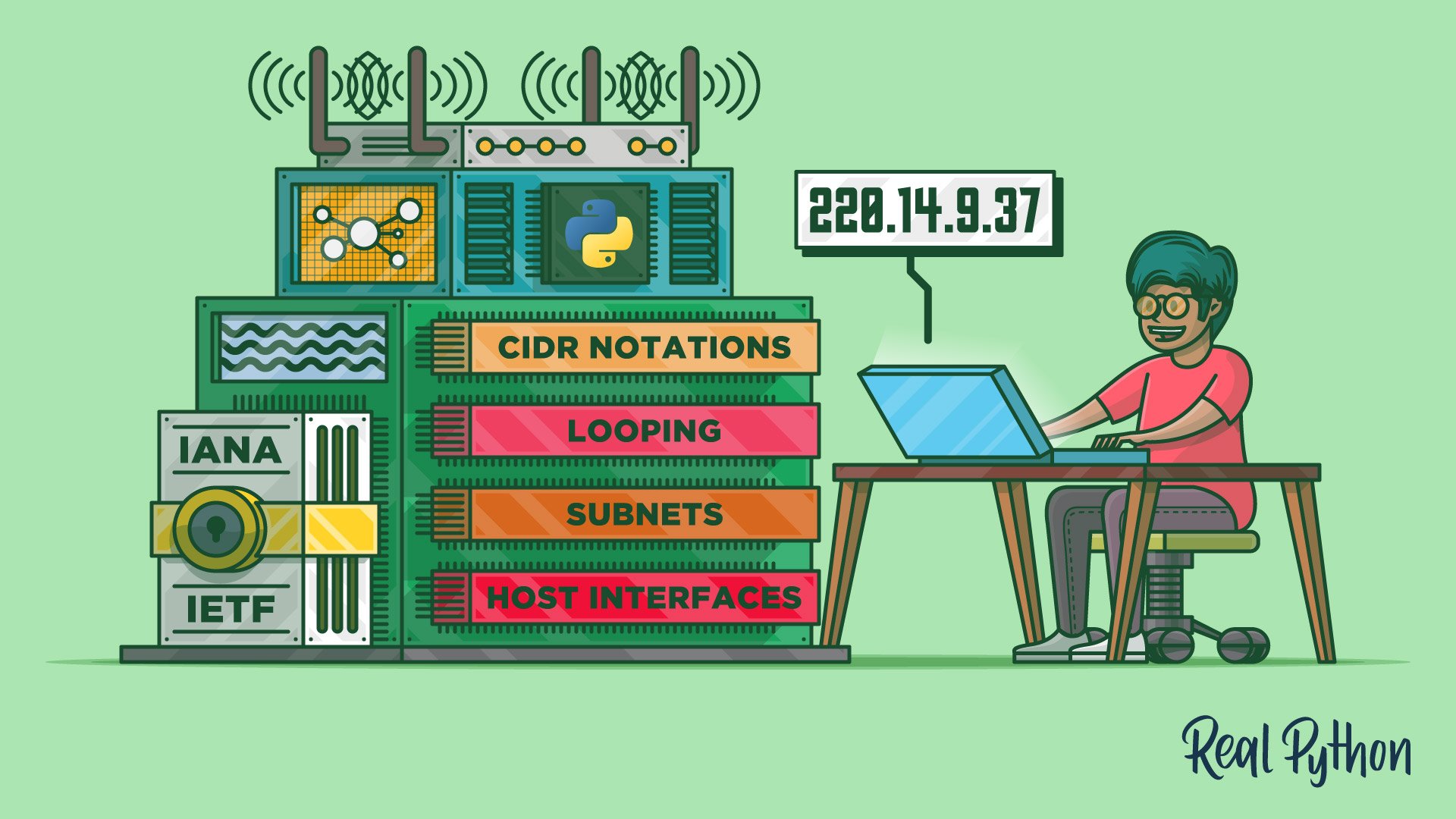
Master network programming and security in Python. Learn CRUD operations, interact with REST APIs, explore HTTPS, and dive into socket programming. This path equips you with essential skills to build secure and efficient networked applications.
Network Programming and Security
Learning Path ⋅ 4 Resources
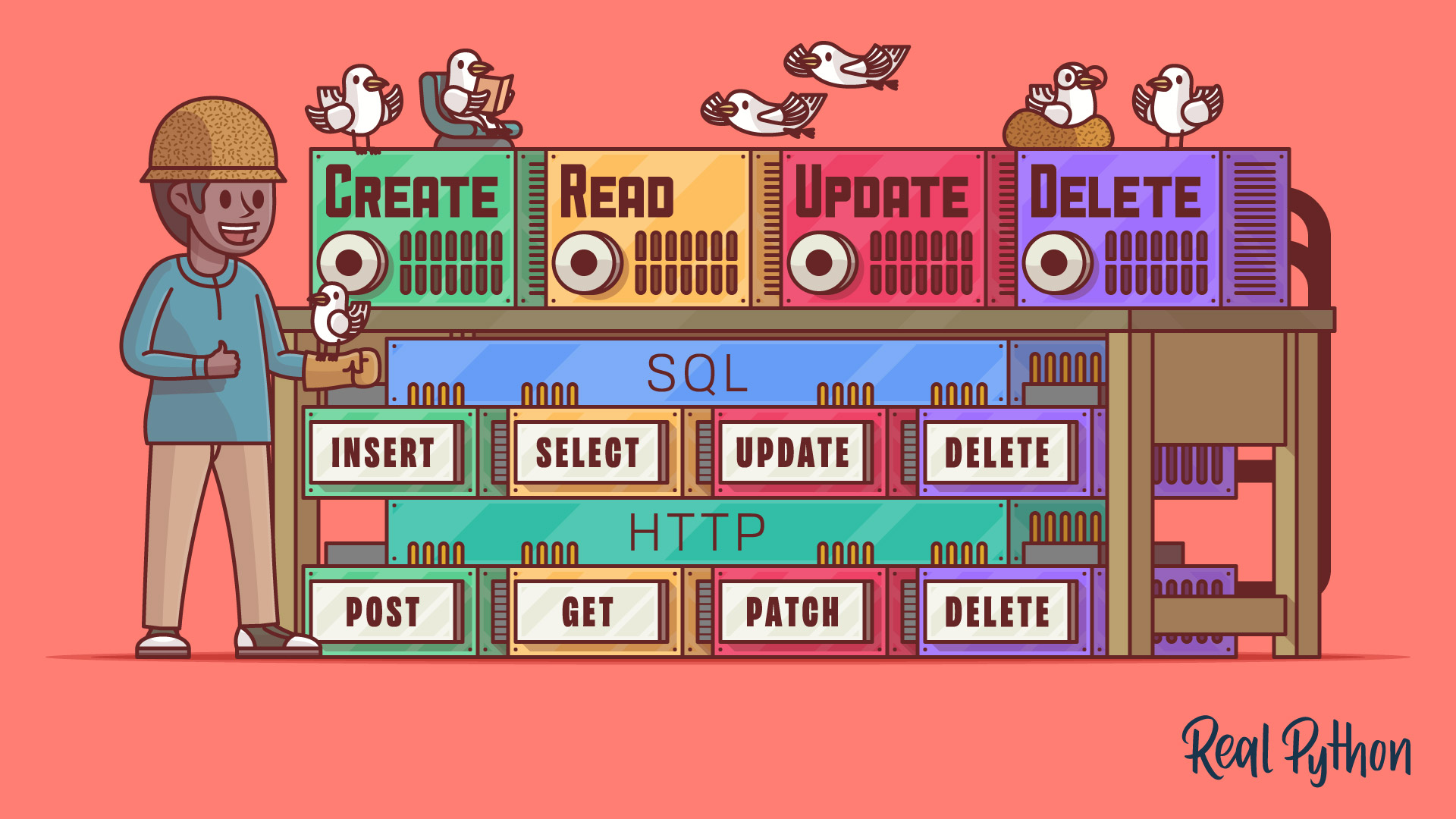
Tutorial
What Are CRUD Operations?
CRUD operations are the cornerstone of application functionality. Whether you access a database or interact with a REST API, you usually want to create, retrieve, update, and delete data. In this tutorial, you'll explore how CRUD operations work in practice.

Interactive Quiz
What Are CRUD Operations?
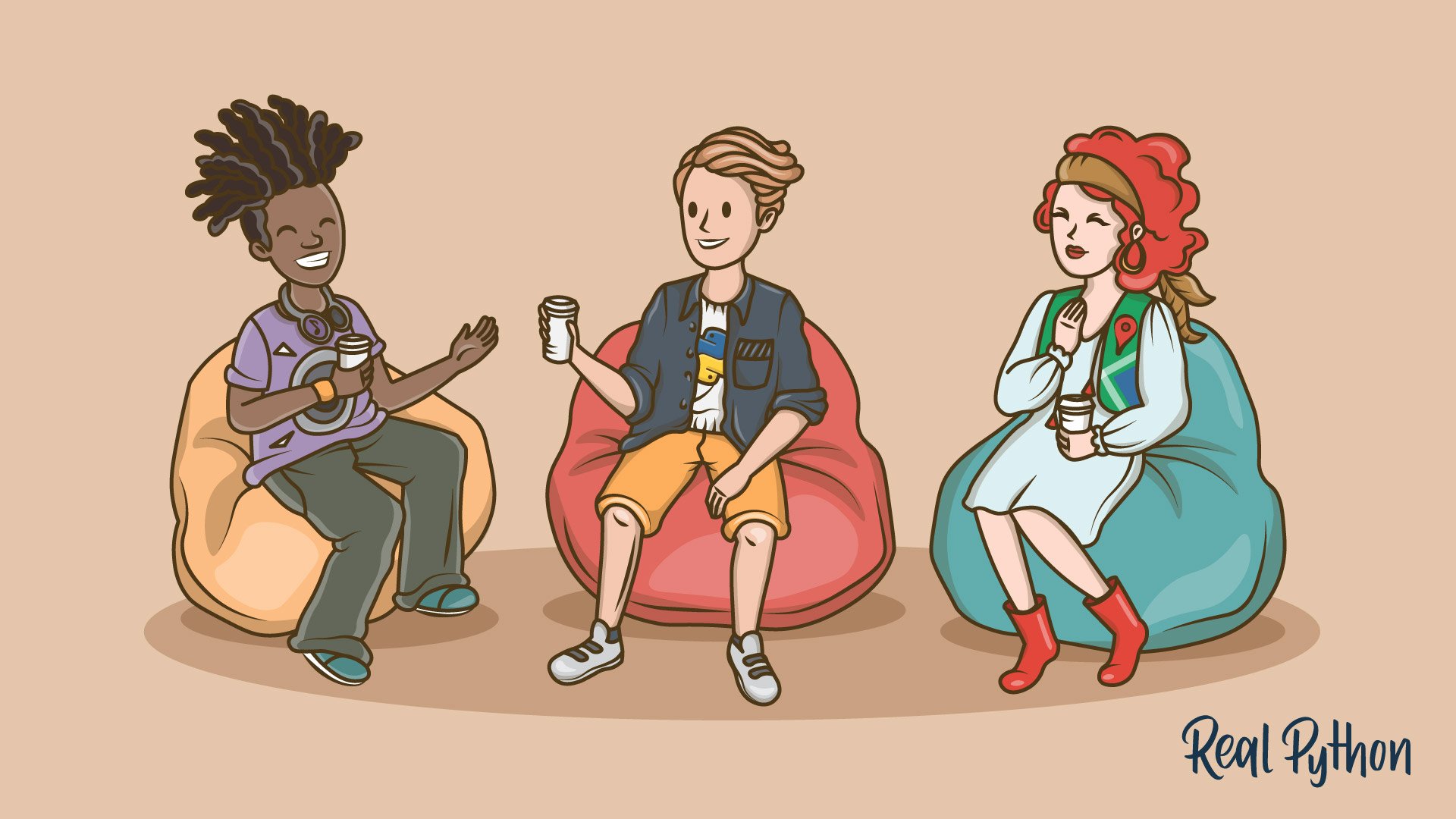
Course
Interacting With REST APIs and Python
Learn how to use Python to communicate with REST APIs. You'll learn about REST architecture and how to use the requests library to get data from a REST API. You'll also explore different Python tools you can use to build REST APIs.

Interactive Quiz
Python and REST APIs: Interacting With Web Services
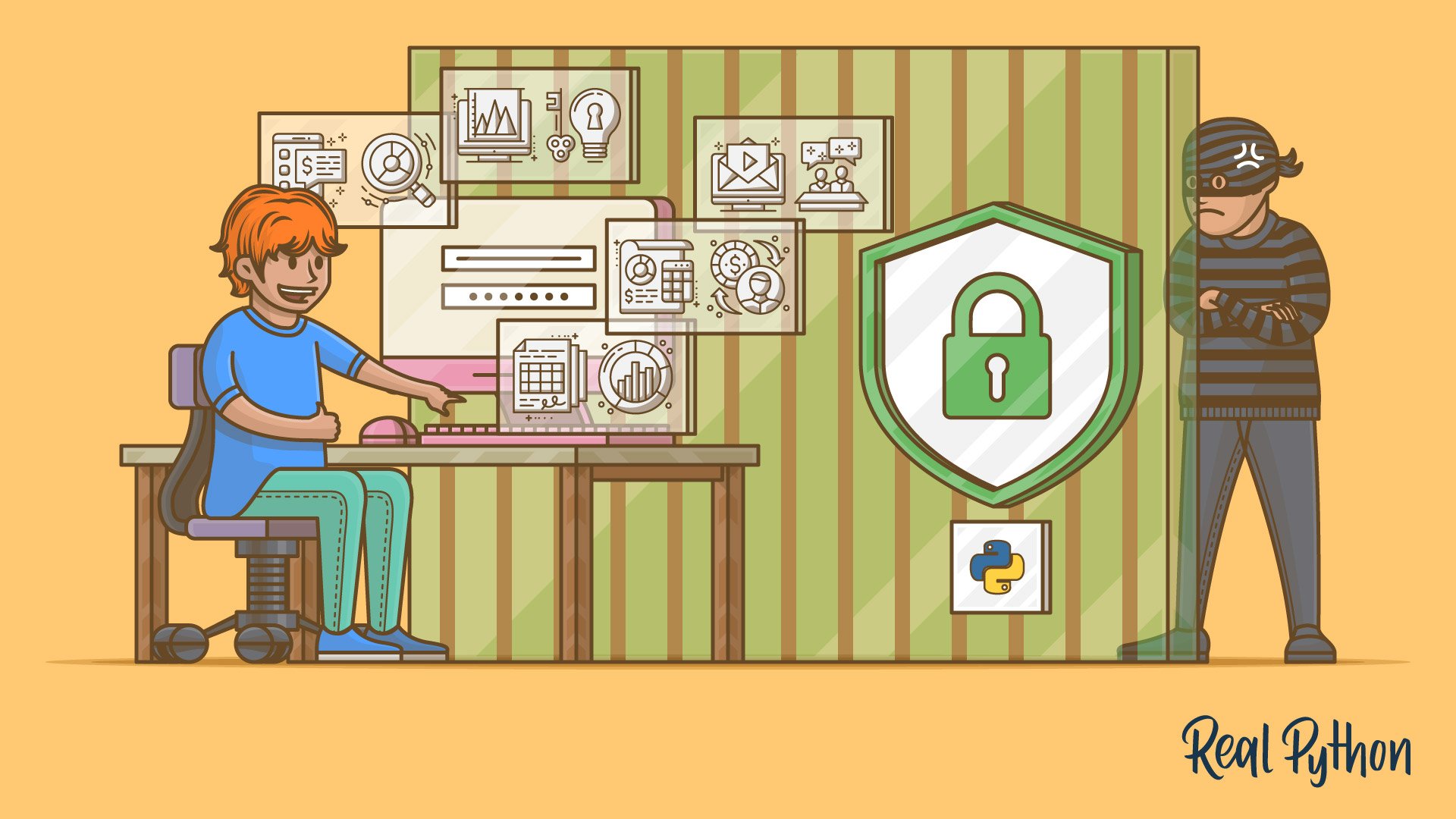
Course
Exploring HTTPS and Cryptography in Python
In this course, you'll gain a working knowledge of the various factors that combine to keep communications over the Internet safe. You'll see concrete examples of how to keep information secure and use cryptography to build your own Python HTTPS application.
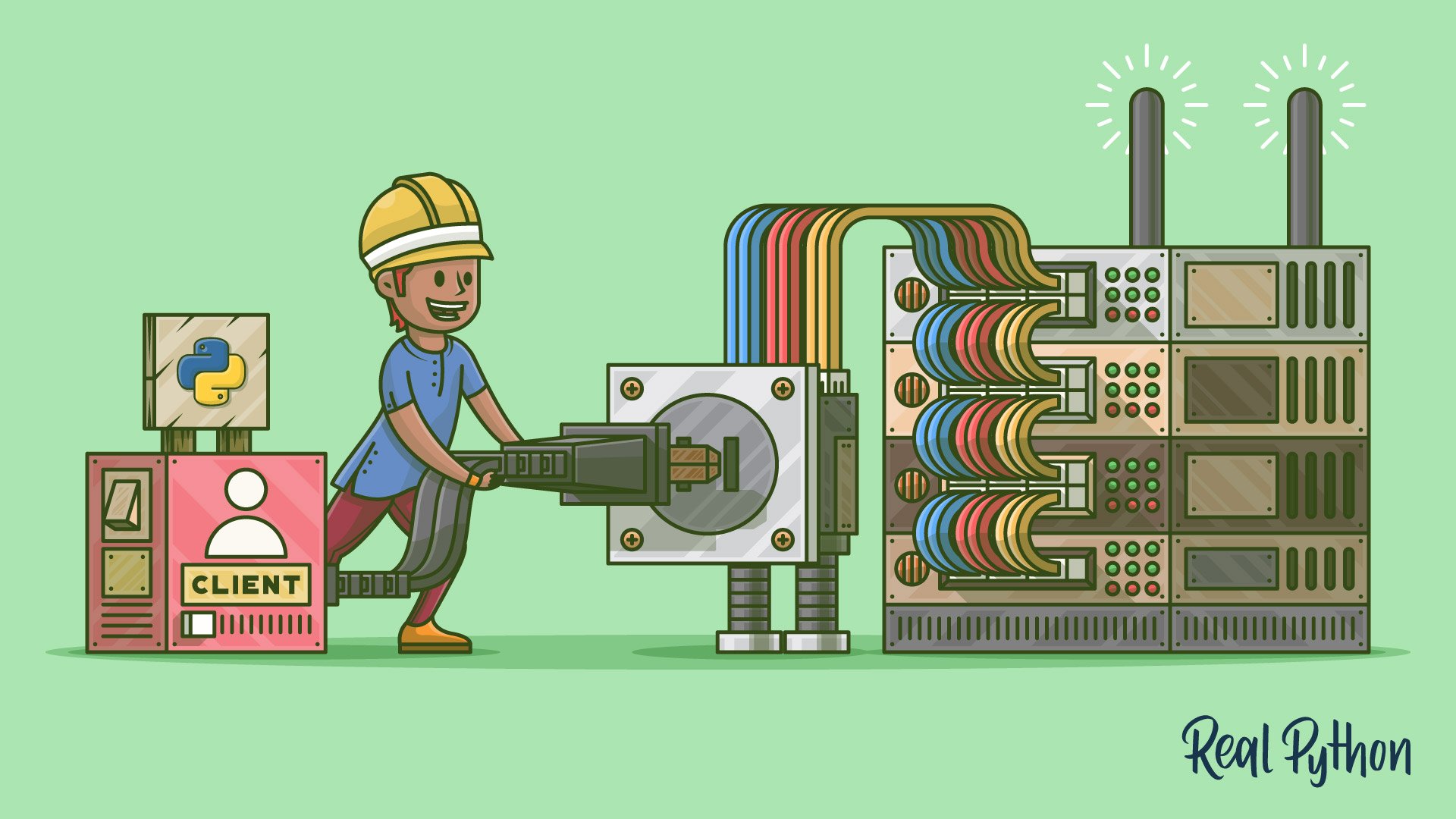
Course
Programming Sockets in Python
In this in-depth video course, you'll learn how to build a socket server and client with Python. By the end, you'll understand how to use the main functions and methods in Python's socket module to write your own networked client-server applications.

Interactive Quiz
Socket Programming in Python
Got feedback on this learning path?
Looking for real-time conversation? Visit the Real Python Community Chat or join the next “Office Hours” Live Q&A Session. Happy Pythoning!